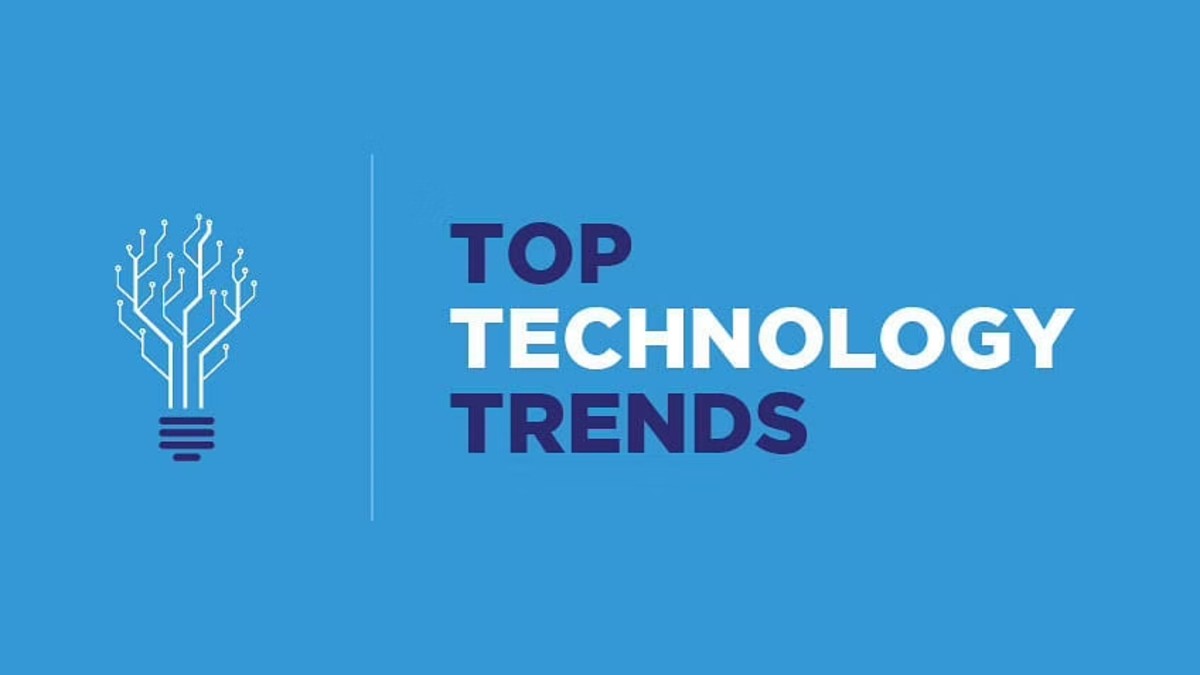This phrase is incredibly accurate in its own words: “Technology can make things happen that a human can’t possibly imagine.” Technology has advanced so much in recent years. The fact that humans themselves invented this technology is the cherry on top. For someone who is not tech-aware, trends must take precedence over fashion or anything else. But it’s all right. Everyone can pursue their own area of interest. However, one of the key global trends that everyone should be aware of is the development of technology.
Electric Cars
Looking ahead to the year 2030, it is clear that electric vehicles will play a major role in transportation. Advancements in battery technology will allow electric vehicles to travel further on a single charge, and the cost of ownership will continue to drop. Electric vehicles will also have a positive impact on the environment, as they produce zero emissions. In addition, autonomous (self-driving) vehicles will become increasingly common, as the technology continues to develop. This will revolutionize transportation, as people will be able to work or relax while commuting. Overall, the transportation landscape of 2030 will be very different from what it is today, with electric and autonomous vehicles leading the way.
Quantum Computing
Quantum computing is an emerging technology that holds promise for significant advances in a wide range of industries. Its ability to process massive amounts of data quickly and accurately makes it an attractive option for solving complex problems. However, quantum computers are still in the early stages of development, and there are many challenges that need to be addressed before they can be widely adopted. One key challenge is ensuring that data is stored securely on a quantum computer. Another challenge is developing algorithms that can take advantage of the unique features of quantum computers. Despite these challenges, quantum computing holds great promise for the future, and it is likely that we will see continued progress in this area in the years to come.
Computer Vision and Facial Recognition
Computer vision is the process of using computers to interpret images. This can be done in a number of ways, but the most common method is to use algorithms to recognize patterns. Computer vision is a branch of artificial intelligence that deals with how computers can be made to gain a high-level understanding of digital images or videos. Facial recognition is a specific application of computer vision that involves identifying human faces in digital images. Both computer vision and facial recognition are currently being used in a variety of settings, including security, marketing, and law enforcement. Computer vision algorithms are able to extract a wide range of information from images, including color, texture, shape, and 3D structure. This information can then be used to identify objects, track their motion, and even recognize faces. In recent years, computer vision has made significant progress thanks to advances in machine learning. As a result, facial recognition systems have become much more.
Autonomous Vehicles
The development of autonomous vehicles has been one of the most significant engineering achievements of the 21st century. These vehicles are able to navigate and operate without human input, using a variety of sensors and artificial intelligence algorithms to make decisions. While autonomous vehicles are still in the early stages of development, they have the potential to revolutionize transportation, making it safer, more efficient, and more accessible. In the long term, autonomous vehicles could also help to reduce traffic congestion and emissions, making cities cleaner and healthier places to live. As technology continues to mature, autonomous vehicles will play an increasingly important role in our lives. Self-driving cars have the potential to revolutionize transport, not just in terms of efficiency and safety, but also in terms of mobility for those who are unable to drive. Numerous companies are now investing heavily in research and development in this area, with the aim of bringing autonomous vehicles to market within the next few years. It is still early days, but the potential for these vehicles is huge. For example, they could help to reduce congestion and emissions and make roads safer for all users.
Robotic Process Automation
Robotic process automation (RPA) is a form of business process automation that uses software bots to complete high-volume, repeatable tasks. RPA is designed to help businesses improve efficiency and accuracy by automating manual, time-consuming tasks. For example, an RPA bot can be programmed to log into a website, enter data into web forms, and extract data from web pages. RPA can be used for a wide range of tasks, including data entry, data mining, report generation, and customer service. In many cases, RPA can eliminate the need for human employees to perform these tasks. As a result, RPA can help businesses to improve efficiency and reduce costs. Looking ahead, these trends could deliver major breakthroughs and deliver other advances that will make the world a better place. This content is accurate and true to the best of the author’s knowledge and is not meant to substitute for formal and individualized advice from a qualified professional. © 2022 ShikhaS
